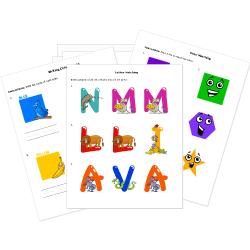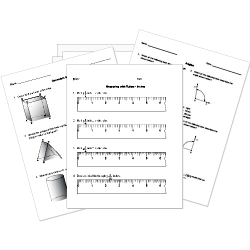Concave Mirrors and Convex Mirrors
Concave Mirrors and Convex Mirrors
This lesson aligns with NGSS PS4.B
Introduction
Concave mirrors are mirrors that curve inward, like the inside of a spoon. When you look at a concave mirror, you'll notice that the reflective surface is curved inward towards you. This curve is called a concave surface. Concave mirrors can create real and virtual images. Convex mirrors are mirrors that curve outward, like the back of a spoon. When you look at a convex mirror, you'll notice that the reflective surface is curved away from you. This curve is called a convex surface. In this article, we will learn about how images are formed by the concave and convex mirrors.
Concave Mirrors
The surfaces of concave mirrors are curved, the images formed by concave mirrors differ from the images formed by plane mirrors. Concave mirrors are often used in things like makeup mirrors and shaving mirrors because they can make objects appear larger and closer than they are. To understand how concave mirrors form images, we must be familiar with the following terms.
Optical Axis
A straight line extended outward from the center of the mirror is called the optical axis.
Focal Point
Light beams that enter the mirror in a parallel manner to the optical axis reflected through a single point is known as a focal point.
Focal Length
The distance between the surface of the mirror and the focal point is called the focal length.

Concave mirrors are capable of producing both virtual and real images. A real image is one through which light physically passes and can be projected onto a screen, while a virtual image cannot.
To find out the type of image formed by a concave mirror, you can construct a ray diagram. When drawing ray diagrams for concave mirrors, keep in mind the following three rules:
- Sketch a ray from the uppermost point of the object parallel to the optical axis. This ray will reflect through the focal point.
- If the object is positioned more than one focal length away from the mirror, draw a ray from the uppermost point through the focal point. This ray will reflect parallel to the optical axis.
- If the object is positioned less than one focal length away from the mirror, draw a ray from the top of the object as if it came from the focal point. This ray will reflect parallel to the optical axis.
Real or Virtual
For each ray diagram, it's sufficient to draw just two rays from the uppermost point of the object to determine the type of image formed.
- If the reflected rays intersect in front of the mirror, a real image is formed, and the point of intersection represents the top of the image.
- Conversely, if the reflected rays do not intersect, trace the reflected rays in straight lines behind the mirror. The point at which these extended lines intersect shows where a virtual image is formed.


Neither Real Nor Virtual
If an object is positioned at the focal point of a concave mirror, it does not produce any image. Rule 2 clarifies why this happens: all rays directed toward the mirror's focal point will be reflected parallel to the optical axis. As a result, these parallel reflected rays will neither cross in front of nor behind the mirror. If a light source is situated at the focal point of a concave mirror, the reflected light will emerge as a concentrated, intense beam. This property of concave mirrors makes them valuable components in car headlights and flashlights.
Convex Mirrors
Convex mirrors are often used in places like parking lots and as side-view mirrors on cars because they provide a wider field of view and make objects appear smaller than they are.

Virtual image
All images produced by convex mirrors are virtual, upright, and smaller than the original object. Convex mirrors are useful because they form images of a large area.

Summary
- Concave mirrors are mirrors that curve inward, like the inside of a spoon. Concave mirrors form real and virtual images.
- Concave mirrors are often used in things like makeup mirrors and shaving mirrors.
- Convex mirrors are mirrors that curve outward, like the back of a spoon. They create a virtual, upright image.
- Convex mirrors are often used in places like parking lots and as side-view mirrors on cars.
Related Worksheets:













